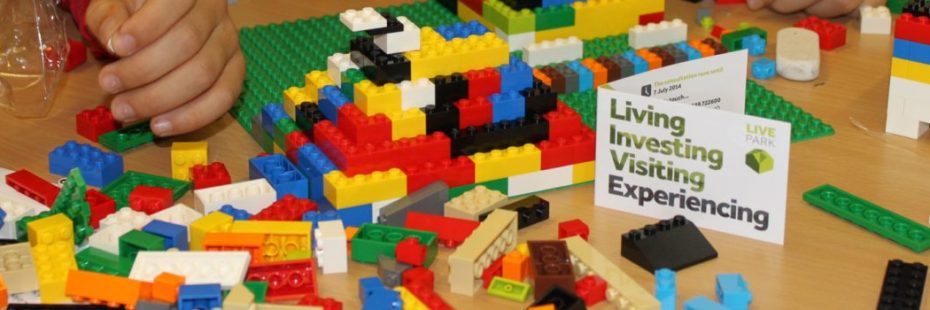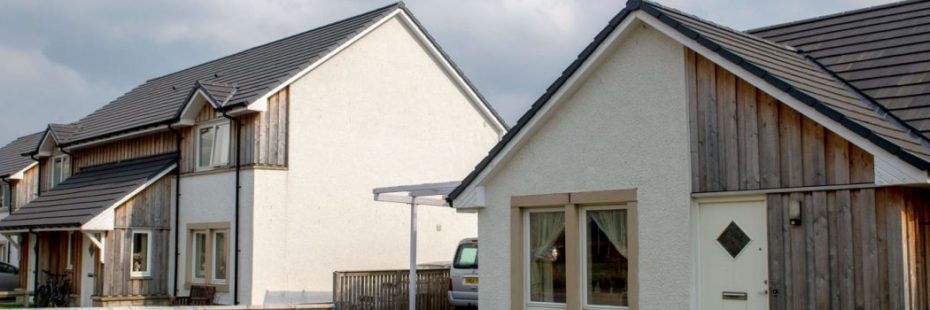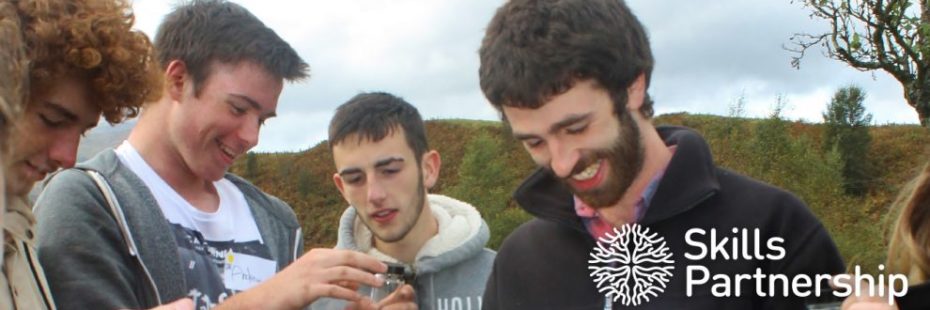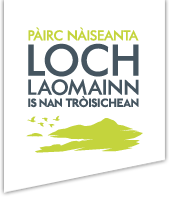
Rural Development Outcome RD3:
Population decline is being addressed by attracting and retaining more skilled working age and young people within the National Park.
Why is this outcome important?
The National Park’s population is both ageing and declining and its changing demographic is influenced by multiple factors. Some areas of the National Park are more fragile than others – in terms of their seasonal economy, limited access to public services and employment opportunities.
The Scottish population as a whole is an ageing one, however within the Park it is the loss of population within the economically active age groups that is creating an increasingly imbalanced age profile. We need to make focused efforts to ensure that the Park can support more opportunities for younger people and those of working age, to remain and move into the National Park. Currently it appears there is a rural ‘gap’ in some national skills and employment programmes, and there is opportunity for more focused collective efforts to address this.
We also need more homes in the National Park to sustain and support our rural economy, as well as meeting communities’ housing needs. The popularity of the National Park, as a place to live, makes it one of the most expensive areas in Scotland to purchase a home due to high demand for commuting, retirement and second/or holiday homes.
With around 70% of the houses sold being purchased by people from outside the National Park, access to housing for many local people, younger households and those not able to afford full market value for a home, is extremely difficult. While our Local Development Plan identifies that an increase in housing in the Park is needed to address this, there needs to be a continued focus on funding and support for infrastructure costs which are higher within the rural areas.
It is important that we work with partners to attract and retaining more skilled working age and young people within the National Park to address the population decline and ensure we can continue to grow and improve the economy of the National Park.
Our priorities for action:
- Rural Development Priority 11: Identification of skills gaps, provision of training and skills development support.

LIVE Park school engagement
- Rural Development Priority 12: Linking education providers (secondary and further) with local businesses and employers.
- Rural Development Priority 13: Supporting and delivering National Park Authority requirements under the Developing Young Workforce agenda.
- Rural Development Priority 14: Continued investment in affordable housing provision, identification of new delivery models and support to communities and landowners to provide affordable self-build and private rent options.

New housing in Killin
- Rural Development Priority 15: Through Community Planning Partnerships supporting local service delivery and safeguarding rural facilities, including improving public transport links in and around the National Park.
- Number of new training schemes and/or young people supported to acquire new skills and/or access employment.
- Number of new homes built and percentage of affordable homes.
- Changes to service provision and local facilities (new/ loss of).
- Do you agree with the overarching Rural Development vision?
- Do you agree with the 4 Rural Development outcomes?
- Do you agree with the 19 Rural Development priorities?
- Do you have any specific comments on the priorities or outcomes?
- Are there areas that you think are important and that are not covered by the priorities?
- Is your organisation willing to sign up to the delivery of the priorities and,
if so, what/how does your organisation intend to contribute? - Are there other organisations that you think should be included as delivery partners?
Who can help make this happen?
| LEAD DELIVERY PARTNERS INCLUDE: |
| Local Authorities |
| Scottish Government |
| Housing Associations |
| SUPPORT DELIVERY PARTNERS: |
| Community Planning Partnerships |
| Skills Development Scotland |
| Further Education Providers |
| Young Scot |
| Community Development Trusts |
| Community Councils |
| The Community Partnership in Loch Lomond & The Trossachs National Park Area |
| Local Businesses |
| Scottish Land and Estates |
| Planning Aid Scotland (PAS) |
| Landowners |
| Community Planning Partnerships |
How will we measure success by 2023?
Case Study: The Skills Partnership
The Skills Partnership is a recent example of a successful project that provided access to training and employment for young people living in and around the National Park.
Funded by the Park Authority and LEADER, and delivered by The Community Partnership in Loch Lomond & The Trossachs National Park Area, it focused on hospitality, tourism, land based and local food production sectors, and its outcomes included 12.8 jobs and 26 modern apprenticeships.

Skills Bug Hunt
Questions |

